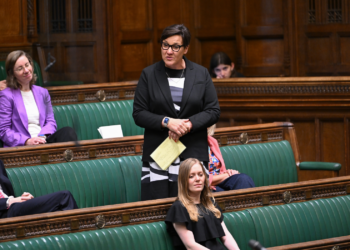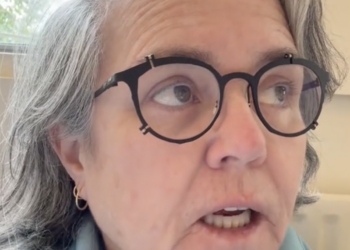According to the Small Business Optimism Index from the National Federation of Independent Business, small business optimism reached 105.1 in December. For those following the index, this is a six-year high and the second consecutive month to topple the index’s 51-year average of 98. But why has small business confidence jumped, and what does it mean for the US economy?
Why is Small Business Optimism at a Six-Year High?
The first thing to note is that this isn’t something that has happened overnight. While it might seem like the Small Business Optimism Index swings with an almost volatile nature, US small business confidence has been steadily creeping across the country for a while now.
There are many potential reasons for this – far too many to discuss in one article! But when it comes to the big indicators, it has to be said that insurance plays a significant role. It will come as no surprise to anyone that the US market and economy have been on unsteady feet over the last few years. With inflationary pressures, geopolitical tensions, and interest rate changes impacting economic growth and consumer spending, for all intents and purposes, small business optimism should be at a six-year low.
But insurance companies have been the saving grace, offering a sense of security and confidence alongside these increasing challenges and uncertainties. Looking at the platform Next Insurance, as an example, businesses can now get tailored insurance that suits their profession, including the food and beverage industry, the cleaning industry, fitness, retail, Amazon sellers, and more.
Insurance policies, too, can cover general liability, workers’ compensation, business owner’s policy, and a number of other coverages, ensuring companies are well set to mitigate any financial risks and are protected against volatility. This has subsequently fostered a sense of business continuity. Interruption insurance, for instance, has ensured that companies can recover quickly from disruptive events. Simply by knowing that their business operations can continue without significant financial losses – no matter what unforeseen circumstance hits it – business owners have been able to push forward with their growth plan, feeling far more secure and optimistic about the future while doing so.
What Does This Mean for the US Economy?
This is one of the reasons why small business optimism is so high, and it could be set to get even higher. With optimism strong in the business world, this creates a ripple effect for the entire US economy, with both sectors working to boost each other. As small businesses grow, for instance, they create more job opportunities, which leads to higher employment rates and increased consumer spending. When workers have more income, they are also likely to spend more on goods and services, boosting demand across various industries.
As well as this, the optimism in the small business sector often leads to greater innovation and entrepreneurship, as business owners look for new ways to address challenges and capitalize on new opportunities. This results in the development of new products, services, and technologies, and the subsequent enhancement of productivity and fuelling of economic growth.
It should also be noted that, when optimism is strong and small businesses are expanding, they contribute more to tax revenue, which can help support government spending on infrastructure, education, and other critical areas. This then creates a positive feedback loop: as small businesses thrive, the economy as a whole benefits.
Whichever way you look at it, the future for the US is looking more positive than some people might think. Of course, there are still challenges on the horizon. Just because optimism is high in the early stages of 2025, that doesn’t mean it will be the same story in early 2026. The important thing for businesses to do is to keep an eye on the economy and another eye on their own future, pushing forward with innovations, business expansion, and meeting customer expectations to give themselves the best chance of success.
Members of the editorial and news staff of the Daily Caller were not involved in the creation of this content.



![Man Arrested After Screaming at Senators During Big Beautiful Bill Debate [WATCH]](https://www.right2024.com/wp-content/uploads/2025/06/Man-Arrested-After-Screaming-at-Senators-During-Big-Beautiful-Bill-350x250.jpg)













